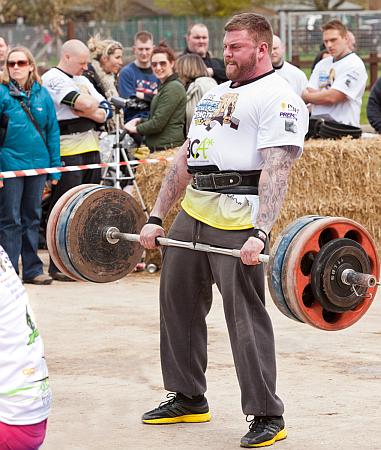
• Determination •
The photographer who is determined and who pays attention to detail will make great images.
What you think you can do is what you become…
The essence of being good at anything is about demonstrating levels of competence, skill and consistency in performance that far exceeds anything that comes from “beginners luck”. Professionals and amateurs alike attain the highest standards of photography day after day because they have done three things…
- Been determined to get there.
- Learned how to review and improve with every shot.
- Applied a ‘can do’ attitude to every aspect of their learning and practice.
Those that give up along the way are heard to say “Wow… I can’t do that”! Then I am reminded of a scene from Star Wars: The Empire Strikes Back, a great SciFi movie.
Here is a clip (25 secs.)…
Do. Or do not. There is no try.
Transcript
Yoda is trying to teach Skywalker to lift a spaceship from the swamp using only his mind…
Yoda: “Always with you it cannot be done. Hear you nothing that I say? You must unlearn what you have learned.”
Skywalker: “Alright I’ll give it a try.”
Yoda: “No. Try not. Do or do not. There is no try”.
(This is an abridged version).
For many years I struggled with that “try” thing. I realised eventually that I had been bought up in a ‘try’ culture. I was told at school and at home, “All you can do is try your best”. But to think like that is also to have an expectation of failure. When you ‘try’ you never actually achieve.
Failure and learning
Now I think more like Yoda. Failure is a part of learning. You do a thing and you succeed or you fail. If you fail it is because of inexperience and you need to learn a lesson. You succeed because you learned the lesson and are ready to move on.
Photography is like that with every shot. Each, and every time you press the shutter button, there is a new situation. Think ahead. Have in your mind a pristine version of what you want to achieve. Take your time to look at the light, assess the scene, review your settings and stabilise the camera. Then, when you have everything in harmony, click the shutter.
Yoda says, “You must unlearn what you have learned”. What does he mean by that? I believe this is a great line because Yoda is reminding us that ‘doing’ and ‘succeeding’ is about having an expectation of success, preparing for it, reaching for it and achieving it. You must first unlearn the lessons of a “try culture” where there is an expectation of failure.
If you make it your business to produce perfection with every photograph you take, you will not be disappointed. Your persistence will pay off.
Start Photokonnexion email subscription now!
Photokonnexion Photographic Glossary – Definitions and articles.
Popular posts as an introduction
